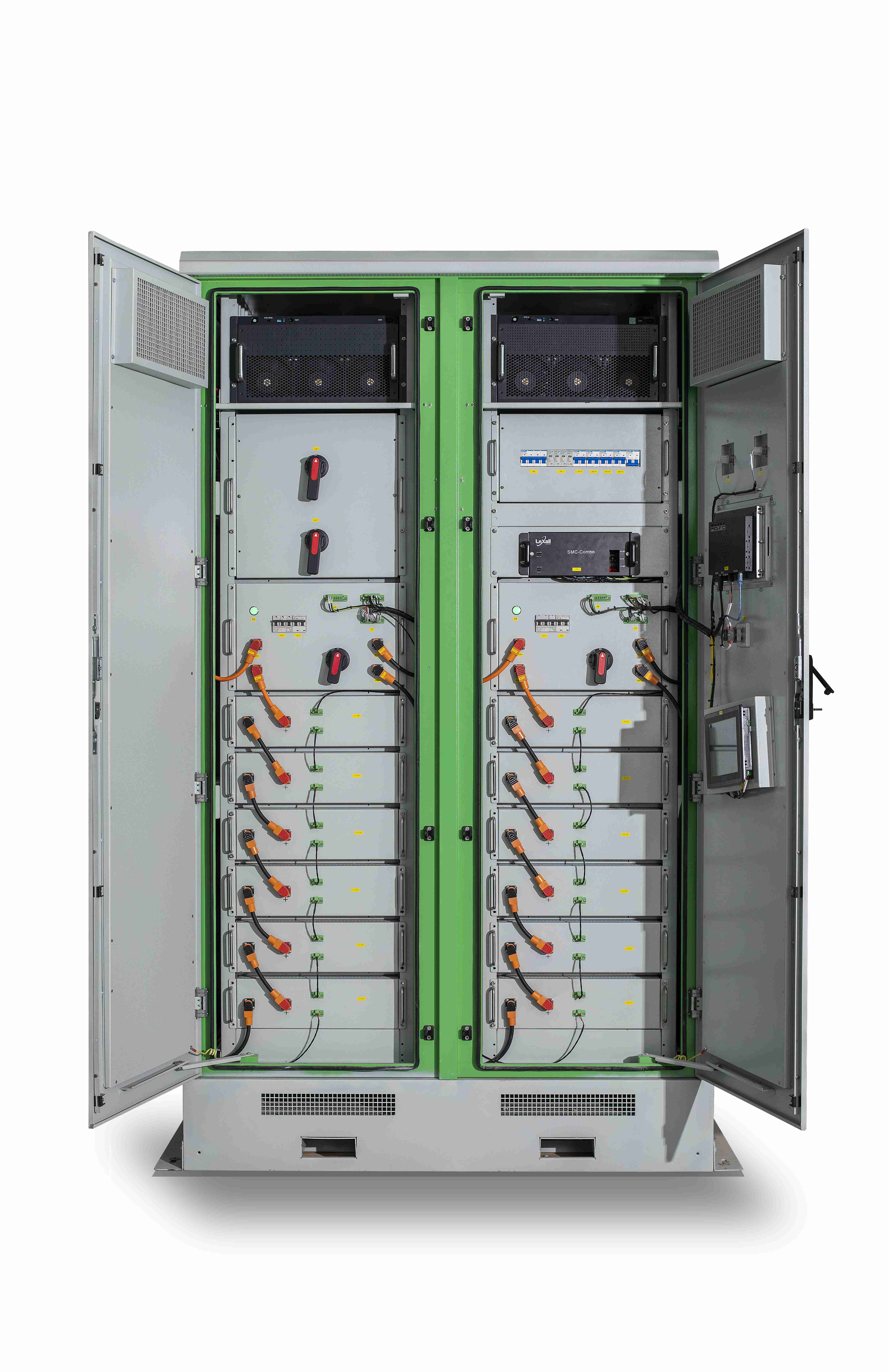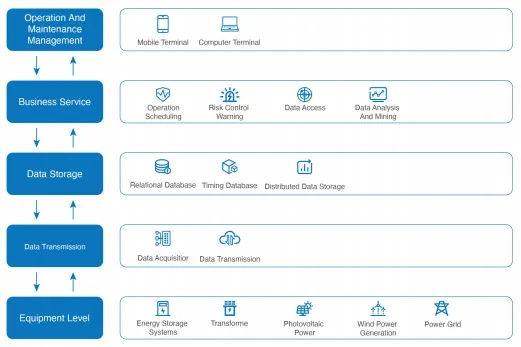
Tem . 07, 2025 07:33 Back to list
Types of Battery Energy Storage Systems - Leading Products & Exporters Company
- Introduction: Understanding Types of Battery Energy Storage Systems
- Technical Advancements and Market Growth
- Comparing Top Types of Battery Energy Storage Systems Companies
- Customization of Battery Energy Storage System Products
- Real-World Case Studies: Successful Implementations
- Exporters and Global Market Distribution Overview
- Conclusion: Selecting the Right Types of Battery Energy Storage Systems

(types of battery energy storage systems)
Introduction: Understanding Types of Battery Energy Storage Systems
With electricity grids facing increasing demands due to population growth and the integration of renewable power sources, battery energy storage systems (BESS) have become pivotal in supporting energy reliability and flexibility. Understanding the types of battery energy storage systems
is essential for stakeholders in energy, industrial, and infrastructural sectors. Common battery energy storage technologies include Lithium-Ion, Lead Acid, Flow Batteries, Sodium Sulfur, and Advanced Nickel-based systems. Each type presents unique characteristics in terms of efficiency, scale, cost, and application suitability. The surge in innovation is driven by global investments, which reached $9.1 billion in BESS globally in 2023, a 38% YoY increase according to IEA data.
Technical Advancements and Market Growth
Over the last decade, the technological landscape of battery energy storage systems has evolved rapidly. Lithium-Ion batteries, for instance, now achieve energy densities up to 250 Wh/kg, making them ideal for grid-level and commercial deployment. By contrast, Flow Batteries offer scalable capacity and long cycle life—exceeding 10,000 cycles without substantial degradation. According to BloombergNEF, the global energy storage market is projected to grow 15-fold by 2030, reaching 1,028 GWh of capacity. This expansion is fueled by declining battery costs, now averaging $139/kWh for Lithium-Ion systems—a fall from $668/kWh in 2013. These cost reductions, coupled with advancements in safety and intelligent battery management, have broadened the scope of BESS applications well beyond peaker plants to critical infrastructure, data centers, and off-grid solutions.
Comparing Top Types of Battery Energy Storage Systems Companies
Competition among types of battery energy storage systems company providers is intense, with key players innovating in safety, price, and performance. Below is a comparative table of leading BESS companies, showcasing their primary product technologies, geographic reach, and notable features:
| Company | Main Technology | Rated Capacity (MWh) | Efficiency (%) | Presence | Highlight |
|---|---|---|---|---|---|
| CATL | Lithium-Ion (LFP/NMC) | 300+ | 93-96 | Global | Largest production volume |
| Fluence | Lithium-Ion | 500+ | 92-95 | Americas, EMEA, APAC | Flexibility & integration |
| Redflow | Flow Battery (Zn-Br) | Up to 5 per module | 80-85 | Australia, EU, US | Scalable, long life |
| NGK Insulators | Sodium Sulfur | 50+ | 75-80 | Asia, EMEA | Grid-scale proven |
| Samsung SDI | Lithium-Ion | 100+ | 94-96 | Global | Compact, safety features |
Each company brings specialized strengths suited for vastly different grid conditions and project scales, confirming the dynamic nature of this competitive industry segment.
Customization of Battery Energy Storage System Products
The demand for tailored types of battery energy storage systems products is elevated by diverse use cases, from residential microgrids to utility-scale frequency regulation. Custom configurations may optimize for longevity, rapid response, cycle depth, or power density. For example, some industrial end-users prioritize systems with integrated thermal management and cybersecurity features, catering to extreme climate or sensitive data environments. Recent data from Wood Mackenzie suggests over 60% of commercial deployments now request custom BESS modules, reflecting a market trend toward customer-centric solutions. Advanced software platforms allow real-time condition monitoring, automated balancing, and predictive maintenance, further enhancing operational efficacy and safety.
Real-World Case Studies: Successful Implementations
Analyzing practical applications reveals the efficiency and versatility of battery storage. In California, Tesla's 1.2 GWh lithium-ion BESS at Moss Landing reliably backs up the state grid during peak load and blackouts—delivering reserve power to more than 250,000 homes. The UK's Pivot Power coordinated a hybrid system combining 50 MWh lithium-ion with flow batteries for super-fast frequency response, achieving stabilisation within milliseconds. Industrial parks in Germany utilize vanadium redox flow BESS for seasonal energy shifting, recording a 90% reduction in peak demand charges. Such projects highlight the scalability and adaptability of contemporary energy storage solutions across regulatory and climatic contexts.
Exporters and Global Market Distribution Overview
The global export of battery energy storage systems continues its upward trajectory, led by innovation powerhouses in China, South Korea, and the United States. As reported by UN Comtrade, China alone accounted for 55% of BESS product exports by value in 2023, followed by South Korea at 17% and the US at 13%. Exporters are not just shipping standalone batteries but complete modular solutions pre-engineered for rapid onsite deployment. For instance, CATL’s BESS modules are now operational in over 60 countries. Verified export channels offer third-party certification, end-to-end logistics, and local grid compliance as part of their service portfolio, bridging the gap between product innovation and last-mile implementation in emerging markets.
Conclusion: Selecting the Right Types of Battery Energy Storage Systems
Choosing among the types of battery energy storage systems is a multi-factorial decision shaped by project objectives, expected ROI, and technical environment. Stakeholders should assess the offerings from top companies based on quantified performance metrics, warranty terms, after-sales service, and export readiness. The future promises even lower costs and higher integration with renewable power—projected to enable the deployment of over 155 GW of BESS worldwide by 2030. By staying informed of technological trends, product innovations, and credible exporters, decision-makers can secure proven, future-oriented solutions that safeguard energy sustainability and resilience.

(types of battery energy storage systems)
FAQS on types of battery energy storage systems
Q: What are the main types of battery energy storage systems?
A: The main types include lithium-ion, lead-acid, flow, and sodium-sulfur batteries. Each offers different advantages depending on requirements. Selection depends on factors like cost, lifespan, and application.Q: How do companies choose the best battery energy storage system types?
A: Companies consider factors such as energy capacity, cycling stability, cost, and environmental impact. They also evaluate compatibility with their energy needs. Expert consultation ensures optimal selection.Q: What products are offered by types of battery energy storage systems companies?
A: These companies offer modular battery packs, integrated storage solutions, and turnkey battery systems. Products cater to residential, commercial, and utility-scale projects. Customization is often available as well.Q: How can I find reliable types of battery energy storage systems exporters?
A: Look for exporters with certifications, proven track records, and good customer reviews. International trade platforms and industry exhibitions are useful resources. Requesting product samples and technical support also helps.Q: Are there differences in performance among types of battery energy storage systems products?
A: Yes, performance varies by chemical composition, design, and manufacturer. Key differences include efficiency, cycle life, and maintenance requirements. Comparing technical specifications is essential before purchasing.-
Charge Point Charger - Reliable Charging Solutions for EVs Leading Charge Point Charger Company & Exporters
NewsJul.07,2025
-
Types of Battery Energy Storage Systems - Leading Products & Exporters Company
NewsJul.07,2025
-
AC or DC Power Supply in Home Trusted Google Home Power Supply Voltage Manufacturers
NewsJul.07,2025
-
High-Performance Portable Power Station 220V – Reliable Energy Solutions for Outdoors & Emergencies
NewsJul.06,2025
-
Reliable Off Grid Energy Storage Solutions Leading Exporters & Products for Remote Power Needs
NewsJul.06,2025
-
Top Household Energy Storage Systems for Home Efficiency Leading Company & Exporters
NewsJul.06,2025























